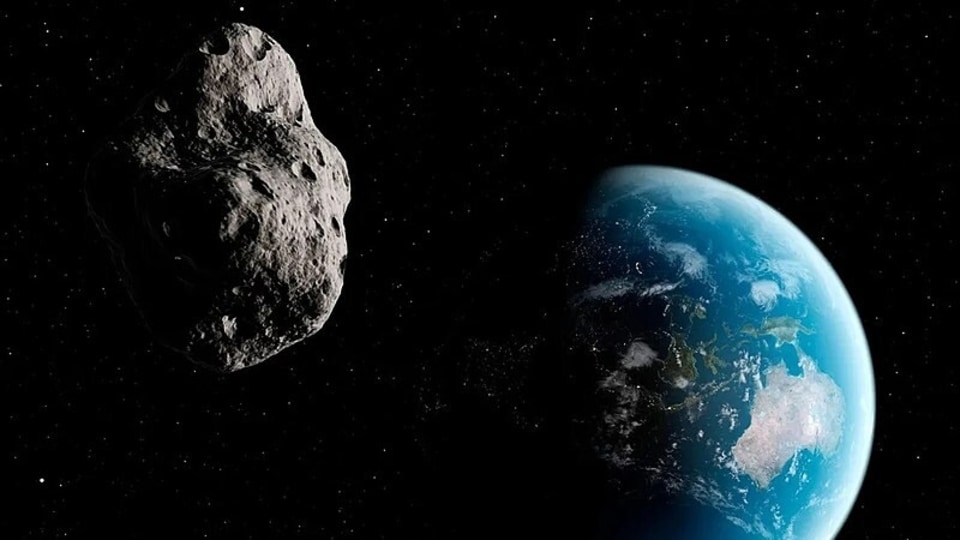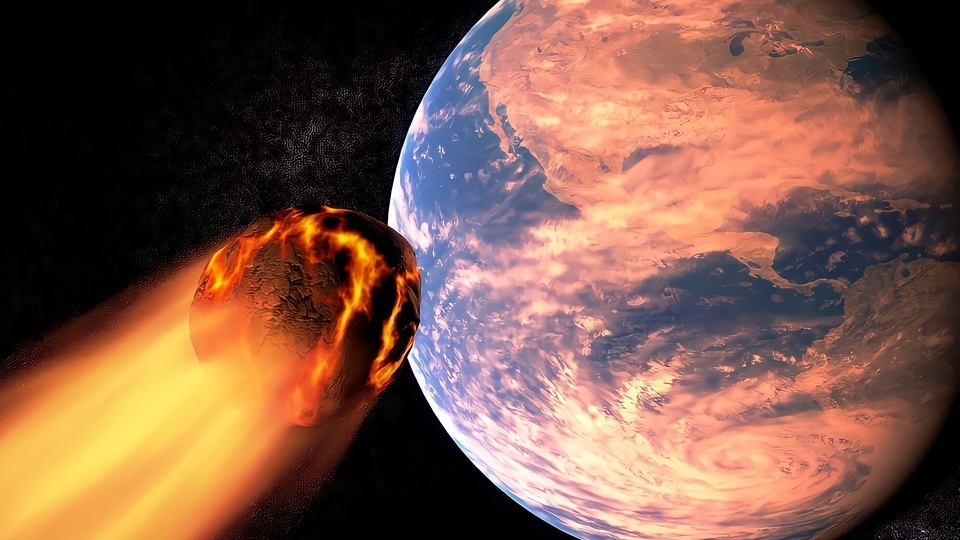Biggest explosion ever! This astounding space eruption lasted 3 years; computers still at work
Astronomers have observed the most luminous explosion in the universe, occurring at the farthest reaches, and astonishingly, it has been unfolding continuously for nearly three years.






 View all Images
View all ImagesIn a shocking turn of events, astronomers have observed the largest explosion in space, called AT2021lwx, which has been ongoing for three years and is 10 times brighter than any known supernova. It is also three times brighter than the light emitted during tidal disruption events (TDEs) caused by supermassive black holes. The explosion occurred 8 billion light-years away when the universe was 6 billion years old. Initially detected by the Zwicky Transient Facility and later confirmed by the Asteroid Terrestrial-impact Last Alert System (ATLAS), the event's true scale and power were recently discovered.
AT2021lwx is believed to be the result of a black hole violently disrupting a massive cloud of gas, emitting bright electromagnetic radiation as shockwaves spread through the gas and a surrounding dust torus. While similar events have been observed before, AT2021lwx stands out due to its unprecedented scale. Although not as bright as the gamma-ray burst GRB 221009A, AT2021lwx has released more energy over its entire lifetime.
To determine the explosion's distance and brightness, the researchers used multiple telescopes and analyzed the emitted light's spectrum. AT2021lwx's exceptional brightness is comparable only to quasars emitted by supermassive black holes. Surprisingly, there were no previous detections of AT2021lwx, making its sudden appearance with the brightest intensity ever recorded a unique phenomenon.
While other explanations exist, the favored theory suggests a large cloud of hydrogen or dust was dislodged from its orbit and drawn into the black hole. Additional data collection and computer simulations will help confirm this hypothesis. The team plans to study the explosion in different light wavelengths, including X-rays, to understand its temperature and driving processes.
The researchers are eager to discover more events like AT2021lwx with the help of upcoming facilities such as the Vera Rubin Observatory's Legacy Survey of Space and Time. Understanding these rare but highly energetic events could provide insights into the evolution of galaxy centers over time.
Catch all the Latest Tech News, Mobile News, Laptop News, Gaming news, Wearables News , How To News, also keep up with us on Whatsapp channel,Twitter, Facebook, Google News, and Instagram. For our latest videos, subscribe to our YouTube channel.





























